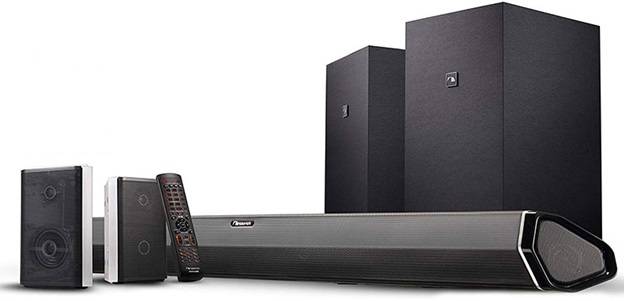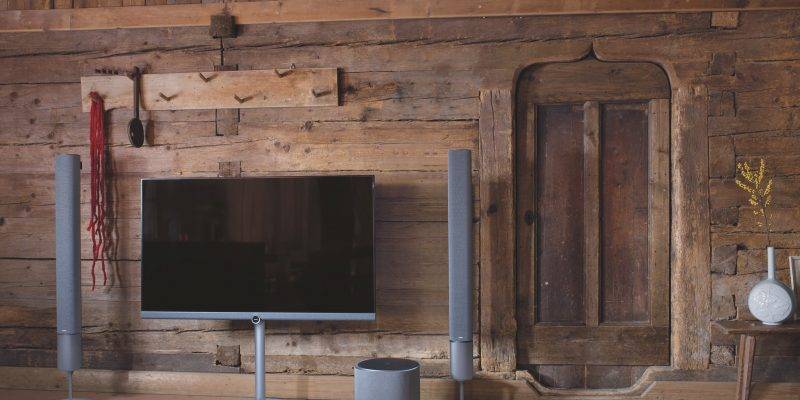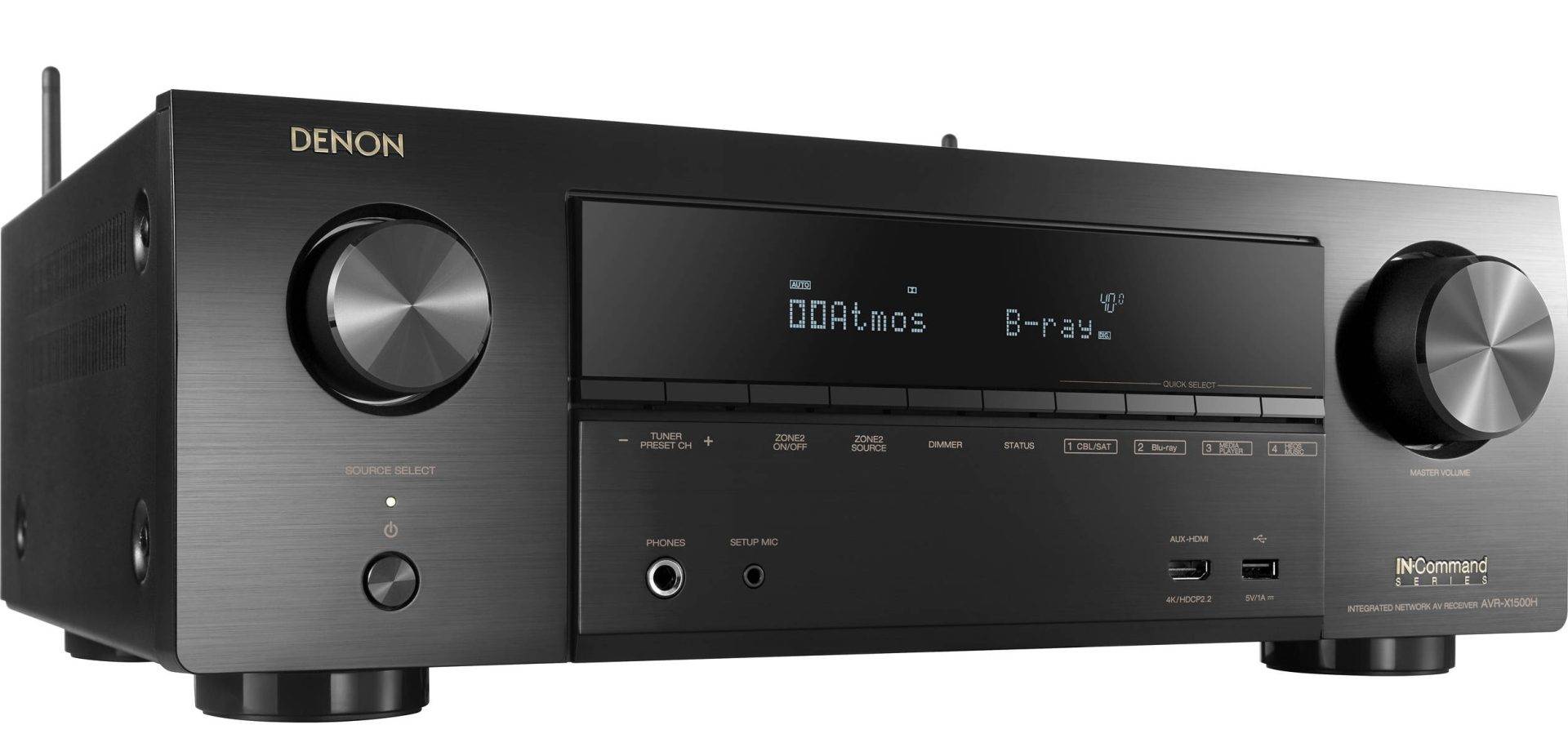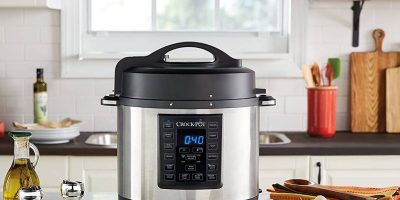In our previous post, we talked about turning your room into a home theatre. We continue to explore the different types of Audiovisual systems and our main focus today will be the sound equipment.
For the visual entertainment find our TV reviews in the TV section here.
For a complete audiovisual experience, the great sound makes a huge difference, this is why cinemas continue to pull decent crowds. We will attempt to guide you to achieve as close to the cinematic experience as your wallet will allow you.
There are two types of sound systems; Home theatre in a box and AV receiver System.
Home Theatre In a Box (HTIB)
This is a bundled Sound system that consists of an amplifier, Tuner, DVD, couple of speakers in several configurations. 2.1, 3.1, 5.1. This can be either wired or wireless and currently, the most popular form contains a Bluetooth soundbar and a rated subwoofer.


Image Courtesy Audioholics
AV receiver System
- Image Courtesy Denon
- Image Courtesy Denon
For the average consumer a HTIB will suffice, but, for a premium sound experience, an AV receiver system is what you want to have.
The main component of this system is the AV receiver. This is a device designed to aggregate all your media via HDMI (Blu ray/DVD player, Gaming console, Cable TV, Media Box (android box or apple TV) inputs and deliver a singular video (to your TV/projector) and sound to several speakers depending on the input.
This amplifier is also capable of delivering the famed Dolby Atmos/DTS X (aka overhead sound) to your height speakers delivering the immersive surround experience similar to having the cinema to your living room.
This allows you to manage all your inputs from one console, mix and match compatible speakers, add and remove speakers at will and can power sound to another room (Zone 2).


Image Courtesy Electronichouse.com
Before hitting the shops to buy your AV receiver several things you need to consider.
- What are your listening habits? Are you going to listen to music mostly or movies/videos/streaming? For music, you will need a beefy amp and for movies, you need to keep an eye on video formats compatibility.
- How many inputs do you intend to connect? This can be your DVD players, streaming boxes (Apple TV, Roku, android box), Cable TV, turntable (phono) etc. Get one more input than you need.
- Compatibility to video and sound formats. Watch out for 4K, HDR, DV, HLG and Dolby Atmos/ DTS-X.
- Do you need to hookup more than one room? Add Multi-zone to your checklist.
Once you have this nailed down your must-haves you now pick the kind of configuration you want to end up with. Av receiver’s graduate from 2-13 speaker configurations (2.1, 5.1.2, 7.1.2, 13.2).
As you can see you will need several speakers. Majority of people start with two speakers (floor-standing) and an active subwoofer.
The Av receiver rating in terms of output will determine the kind of speakers you can use. Usually, the AV rating is to deliver 80w and will work with speakers rated 4-8 Ω.
Most receivers will calibrate the sound depending on the number of speakers you have and you can adjust this each time you add or remove a speaker.
In summary, an AV receiver combined with the right TV will have you re-considering going to the movies and probably turn your living room into your friends’ fav movie hub.
This article was written by David Kitonga as a Guest Post.








[…] — to gadgets-africa.com […]